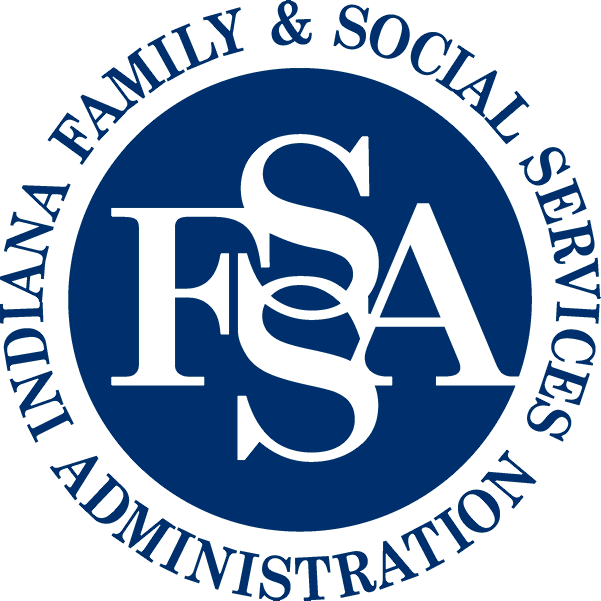Risk factors increase the likelihood of beginning substance use and of regular and harmful use. Protective factors decrease the likelihood of substance use or reduce the impact of risk factors. Not everyone who experiences a risk factor will use alcohol or drugs. The goal in prevention is to reduce risk factors and strengthen protective factors.
Risk factors for alcohol and substance use:
- Engaging in alcohol or drug use at a young age
- Early and persistent problem behavior
- Rebelliousness
- Positive attitudes towards alcohol or drug use, low perception of risk
- Genetic susceptibility
- Family management problems (lack of clear parental expectations, lack of supervision, excessively harsh or inconsistent punishment)
- Family conflict, abuse or neglect
- Favorable parental attitudes or approval of substance use
- Family history of substance use/misuse
- Poor grades in school, lack of commitment to school
- High availability of substances
- Normalization of alcohol and drug use in the community
- Low socioeconomic status
Protective factors for alcohol and substance use
- Resiliency (being able to adapt to change and stressful events)
- Strong bonds with family, school, community
- Spirituality
- High self-esteem and problem-solving skills
- Parent involvement
- Opportunities for positive social involvement
- Recognition for positive behavior and achievements
- Clear and consistent expectations from family, school and community about not using alcohol and drugs
Risk factors for tobacco use
- Low self-esteem
- Being male
- Lacking college plans
- Family conflict, abuse or neglect
- Having family members or peers who smoke
- Lower socio-economic status
- Living in a neighborhood with a high density of tobacco outlets
- Perception of risk: Although teens still see traditional smoking as a “great risk” to them, most do not think that e-cigarettes or vaping poses risk
